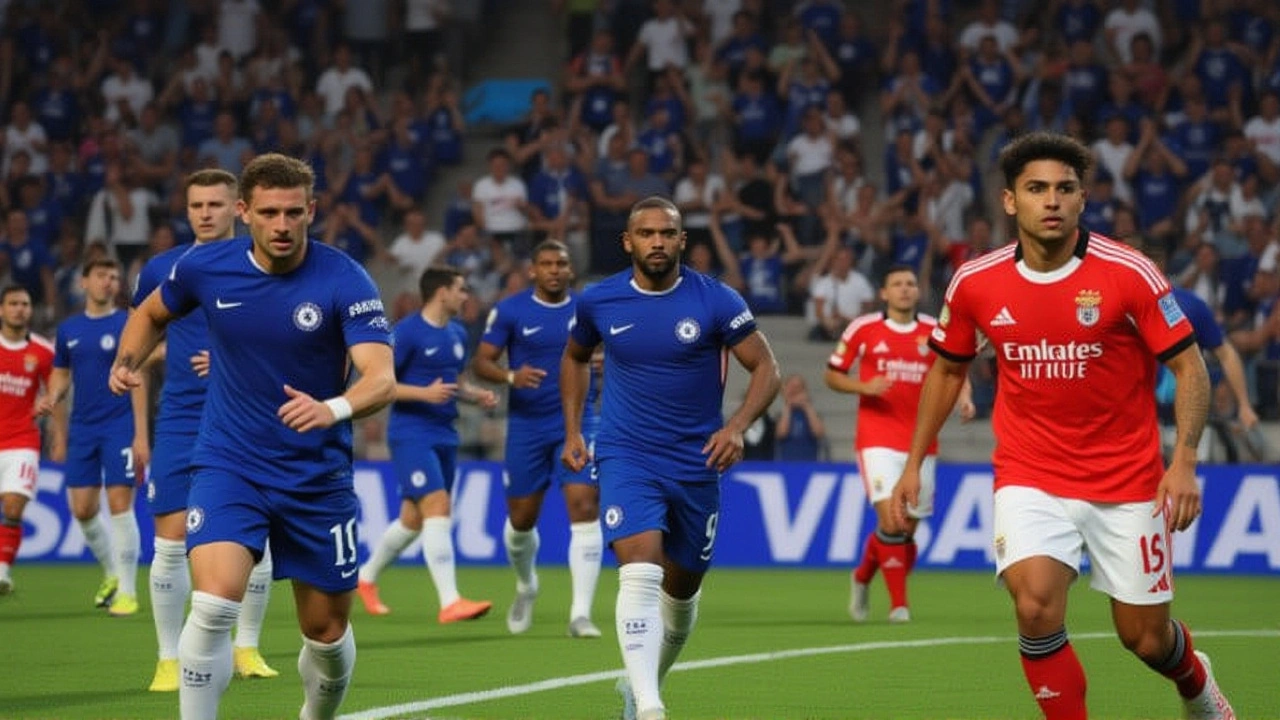FIFA Club World Cup: All You Need to Know
When talking about FIFA Club World Cup, the annual global competition that pits the champion clubs from each FIFA confederation against one another, also known as World Club Championship, it draws fans from every corner of the football world. The tournament is organized by FIFA, the governing body of world football and features winners of continental competitions such as the UEFA Champions League, Europe's top club tournament and the CONMEBOL Libertadores, South America’s premier club tournament. Since its modern launch in 2000, the event has grown from a modest six‑team affair to a seven‑team showdown that also includes the champion of the host nation’s domestic league. The competition’s short, knockout‑style format means a club can become world champion in just four games, creating drama that rivals any major final. Over the years, clubs like Real Madrid, Barcelona, and Bayern Munich have lifted the trophy, while surprise winners such as Corinthians and Kashima Antlers proved that the globe’s best club title isn’t reserved for Europe alone.
What Makes the Competition Unique
The FIFA Club World Cup requires a host nation that supplies stadiums, hotels and travel logistics, turning cities into temporary football festivals. Host selection often brings economic boost: local businesses see spikes in tourism, and stadium upgrades leave lasting infrastructure. The format usually starts with a play‑off between the host‑nation champion and the Oceania representative, followed by quarter‑finals, semi‑finals and a final. In case of a draw, extra time and penalties decide the winner, and a separate match determines third place. This structure forces clubs to adapt quickly; a European side accustomed to a week‑long preparation may face an African club that has just traveled across the continent. Player awards such as the Golden Ball (best player) and the Silver Ball (second best) add individual incentives, while the prize money—now exceeding $16 million for the winner—can influence a club’s transfer budget. Because the tournament sits between domestic league seasons, managers must balance squad rotation with the desire to showcase their best XI on a world stage.
Below you’ll find a curated set of articles that break down match previews, historic moments, and key player performances from past editions of the FIFA Club World Cup. Whether you’re after a quick recap of a final, an in‑depth look at how the tournament shapes the football calendar, or tactical breakdowns that explain why a Japanese side’s speed can unsettle a Brazilian powerhouse, the collection has you covered. Dive in and discover the stories shaping this worldwide club showdown.
